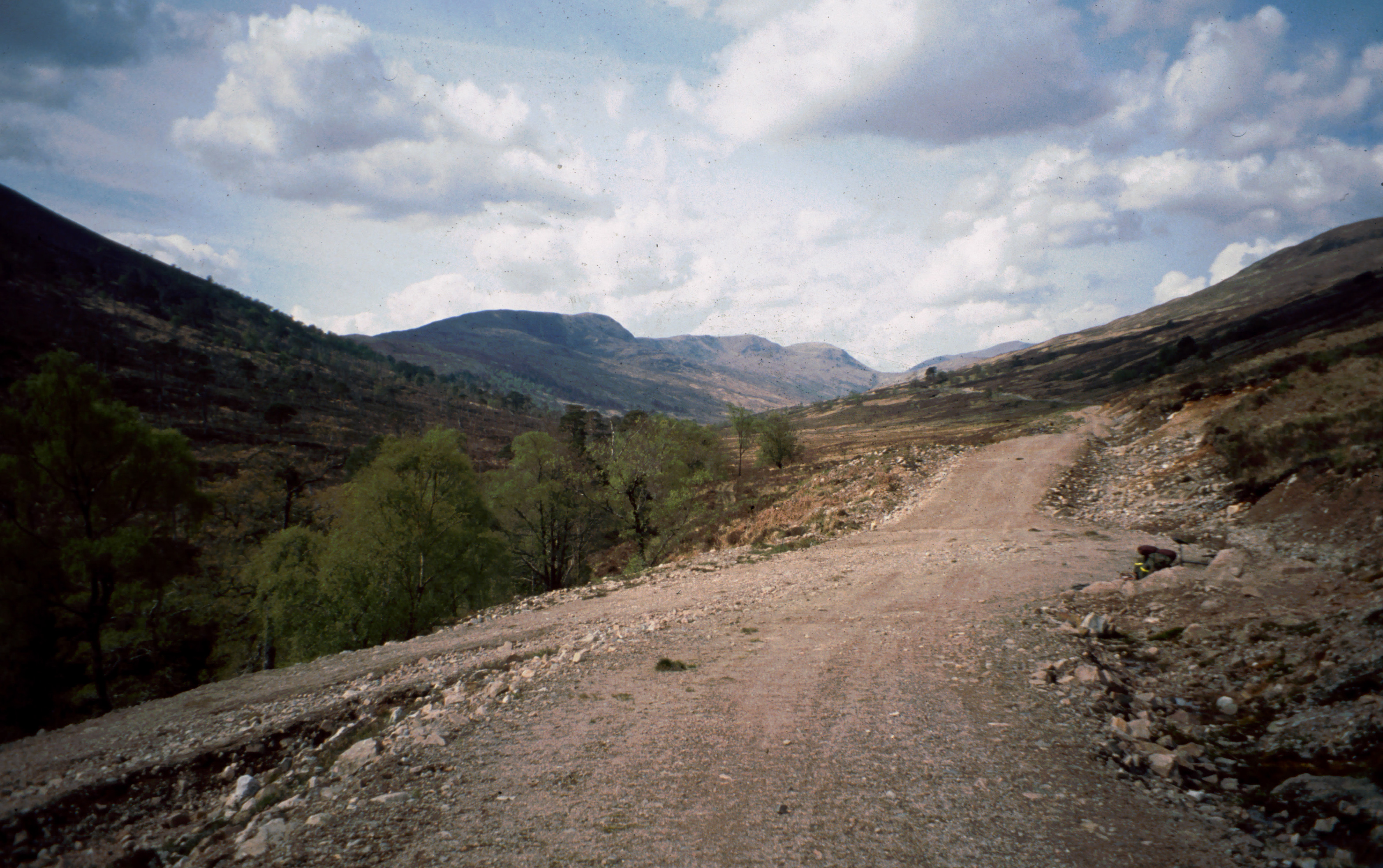The requirements will be introduced across the country later in the year, and will be an extension of existing prior notifications under Class 18 agriculture and Class 22 forestry which currently apply to tracks in natural scenic areas.
Mr Mackay said: “Without proper controls and effective enforcement measures, the construction of hilltracks can damage our environment.
“Some hilltracks can undercut the hillside and lead to side banks collapsing and hilltracks can cause damage to wild animal habitat.
“In contrast well-constructed tracks can minimise negative impacts on the environment, and in the moorlands can often prevent damage to ground nesting birds and their eggs.
“That’s why it’s important that planning policy strikes the right balance between meeting the needs of rural businesses but also it protects Scotland’s environment, amenity and heritage.
“These new controls will ask planning authorities to weigh up proposals and consider all aspects of where the hilltracks will be built, while at the same time allowing work that does not have an adverse impact to proceed with minimal delay or costs.”
Over recent years there has been a concerted campaign against the proliferation of hill tracks from organisations including the Mountaineering Council of Scotland and John Muir Trust. There is concern about the increasing number of constructed hill tracks, intruding into wild landscape and damaging our natural environment.
The Mountaineering Council of Scotland has broadly welcomed Scottish Government moves to give extra protection to the countryside by putting planning controls on the creation of new hill tracks. But the mountaineering body, which represents the interests of climbers and walkers across Scotland, is disappointed that there is not an immediate ban on bulldozing tracks through the hills without permission.
Local Government and Planning Minister Derek Mackay announced new planning controls today (Wednesday).
Planning authorities will be able to consider how proposed tracks will impact on the environment and “intervene to ensure that design, siting and appearance are acceptable”. But the announcement stated that the requirements will be introduced across the country “later in the year”.
David Gibson, Chief Officer of the MCofS, which supported the campaign for greater control over hill tracks, said: “The present government has presided over and, in many cases, approved developments, leading to an unprecedented reduction in wild land across Scotland, so we naturally welcome the introduction of measures by them which we hope will mitigate further damage to Scotland’s landscape caused by bulldozed tracks.
“We look forward to seeing the detail about the planning controls and being able to confirm that there will be real protection for the landscape from hill tracks.
“We would have expected an immediate moratorium on building tracks without permission, because experience has already shown that such delay only creates a window of opportunity during which more damage can be done.”
Historically, agricultural and forestry tracks could be constructed and upgraded under permitted development rights, meaning that provided they met certain criteria a planning application was not required.

